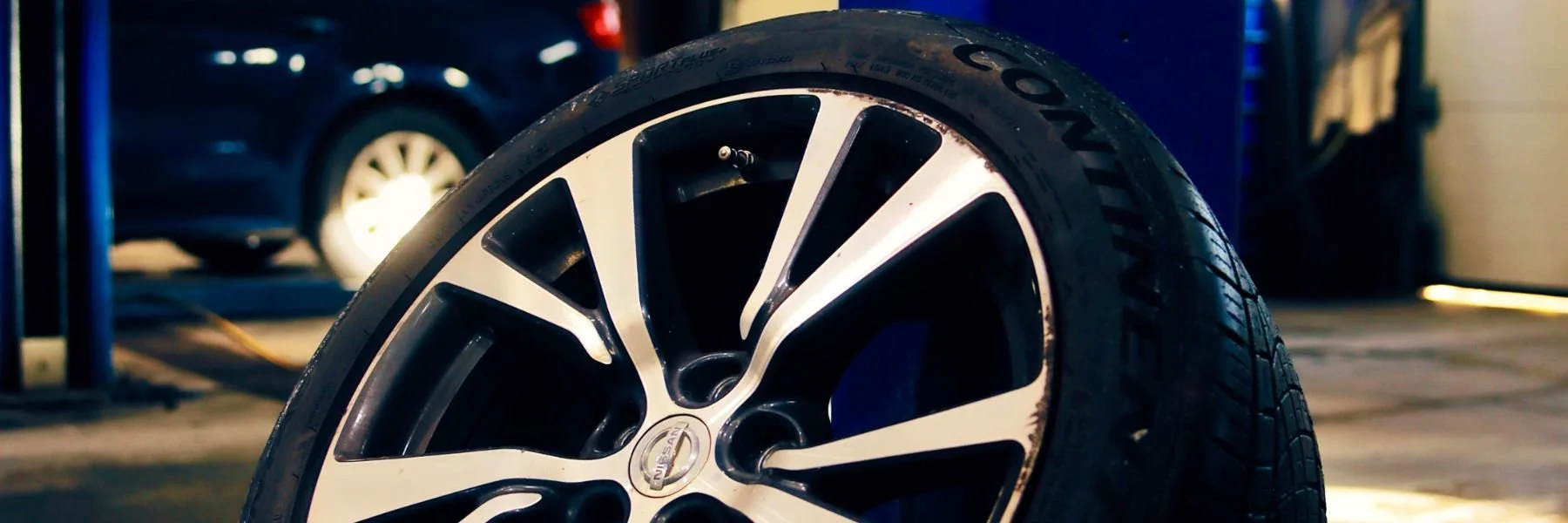How Often Should You Get Your Tires Replaced?
Tires aren’t just what your car drives on, they’re what your safety depends on. They’re the first point of contact between your vehicle and the road, and whether you’re navigating icy Ohio winters or soaking up sunshine on a summer road trip, worn-out tires can turn into a real safety concern fast.
So, how often should you replace your tires? While there’s no one-size-fits-all answer, we’ve broken down the factors that affect tire life, the signs to look for, and how to know when it’s time to invest in a new set.
The Typical Tire Lifespan
On average, most tires last between 25,000 to 50,000 miles. That’s roughly 3 to 5 years for the average driver. But tire life depends on a variety of factors:
Driving habits (aggressive braking, sharp turns)
Road conditions (potholes, gravel roads, stop-and-go traffic)
Climate (extreme heat or cold can cause tires to break down faster)
Tire quality and brand
How well they’re maintained (including regular rotations and alignment)
Think of tires like shoes. If you walk around all day in rough terrain and never clean or care for them, they’re going to wear out a lot faster.
Signs Your Tires Need to Be Replaced
It’s not just about mileage. Here are some tell-tale signs it’s time to say goodbye to your old tires:
1. Low Tread Depth
Tread depth below 2/32 of an inch is legally considered bald in most states. Use the “penny test”: insert a penny into your tire’s tread with Lincoln’s head upside down. If you can see all of his head, your tread is too low.
2. Uneven Wear
If one part of the tire is more worn than the rest, it could be from poor alignment, unbalanced wheels, or suspension issues. Even if most of the tire looks fine, uneven wear can affect traction and handling.
3. Cracks, Bulges, or Blisters
These are warning signs of tire aging or internal damage. If your tire is cracking or bubbling, it’s at serious risk of a blowout.
4. Frequent Loss of Air Pressure
Constantly topping off your tires? That could mean a slow leak or weakening rubber.
5. Vibration While Driving
If you feel excessive vibration, especially at higher speeds, it may be a tire balance issue or internal separation in the tire itself.
What About All-Season, Performance, or Winter Tires?
Different tires wear at different rates. Here’s a general guide:
All-season tires: 40,000 to 70,000 miles (with proper care)
High-performance tires: 25,000 to 40,000 miles (designed for grip, not longevity)
Winter tires: Should be checked every season, especially if used on dry roads where they wear faster
If you swap tires seasonally, make sure you store them properly and inspect them before each reinstall.
Tips to Extend Tire Life
Want your tires to go the distance? Here’s what we recommend:
Rotate your tires every 5,000 to 7,500 miles
Keep your tires properly inflated
Get a wheel alignment check once a year (or when you notice pulling/drifting)
Avoid harsh braking and quick takeoffs
Inspect them monthly for wear and damage
These simple habits can save you money in the long run and keep your drive smooth and safe.
When in Doubt, Let Us Check It Out
At Day Heights Auto, we know tires like the back of our hands. Whether you’re unsure about tread depth, have a slow leak, or need help choosing the right new set, we’re here to help. We’ll inspect your tires, offer honest advice, and get you back on the road with confidence.
Schedule your tire check or replacement with us today. Because peace of mind starts where the rubber meets the road.


